The 18th-Century Spy Who Gave Us Big Strawberries
Two American strawberries reunited in Europe, and gave us the fruit we love today.

In 1711, the War of the Spanish Succession was going poorly for France, a country ruled by Louis XIV, a monarch who loved strawberries. Those two facts—the status of an intercontinental European war, and Louis’ favorite fruit—may seem unrelated. But strawberries and espionage were about to collide in unpredictable ways.
Louis’ grandson had recently been placed on the Spanish throne, which dramatically shifted the balance of power in Europe, sparking the conflict. Fearing that France might be shut out of Pacific South America in a peace treaty, Louis sent a military engineer by the name of Amedée François Frézier through the pirate-infested waters of the Atlantic and around Cape Horn to map the area and collect intelligence. Frézier posed as a merchant, “the better to insinuate himself with the Spanish governors, and to have all opportunities of learning their strength, or whatever else he wanted to be informed of,” according to the English translation of his account: A Voyage to the South-Sea, And along the Coasts of Chili and Peru, In the Years 1712, 1713, and 1714.
Frézier was a real renaissance man, a polymath. He reportedly read six hours a day and wrote books on everything from pyrotechnics to architecture. Voyage to the South-Sea reflects a mind equally interested in the life sciences as engineering, but contrary to the current of his professional work, it was his nearly accidental contribution to horticulture that would have the biggest impact.

Despite 400 years of domestication, European garden strawberries remained a tiny delicacy in 1711. But on the other side of the world, in a sliver between the Andes and the Pacific, people had been cultivating strawberries for much longer, perhaps a thousand years.
The two major strawberry species of the Americas are unique in that they have eight sets of chromosomes (they are octoploid). The Virginia strawberry (Fragaria virginiana) is found from the peaks of the Pacific Coast range to the Atlantic coast. Its close cousin, Fragaria chiloensis, is indigenous to the Pacific Northwest coast. The two readily hybridize with one another, and probably share a common ancestor from Asia.
Like nearly all wild strawberries, they are both quite small, perhaps the size of blueberries.

But maybe 100,000 years ago, Fragaria chiloensis traveled far to the south and the west. It’s assumed that migratory birds ate the fruit and spread the seeds all the way down the coast into Chile and out to Hawaii. Finding themselves in environments similar to their home in the Northwest, some seeds grew into separate populations. Fragaria chiloensis is often called the Chilean strawberry, because it was in Chile that it grew to prominence when, tens of thousands of years later, humans arrived in the area around the mouth of the Bio Bio River and began to domesticate them. In the gardens of the native Picunche and Mapuche people, the tiny strawberry from the Pacific Northwest became large enough to captivate every outsider who saw it.
Meanwhile, the Virginia strawberry, whose story is lost to history, made its way to Europe from North America sometime in the early 1600s. Although noted for its deep color (it was sometimes called the “scarlet strawberry”) and intense flavor, it was small—a horticultural curiosity.
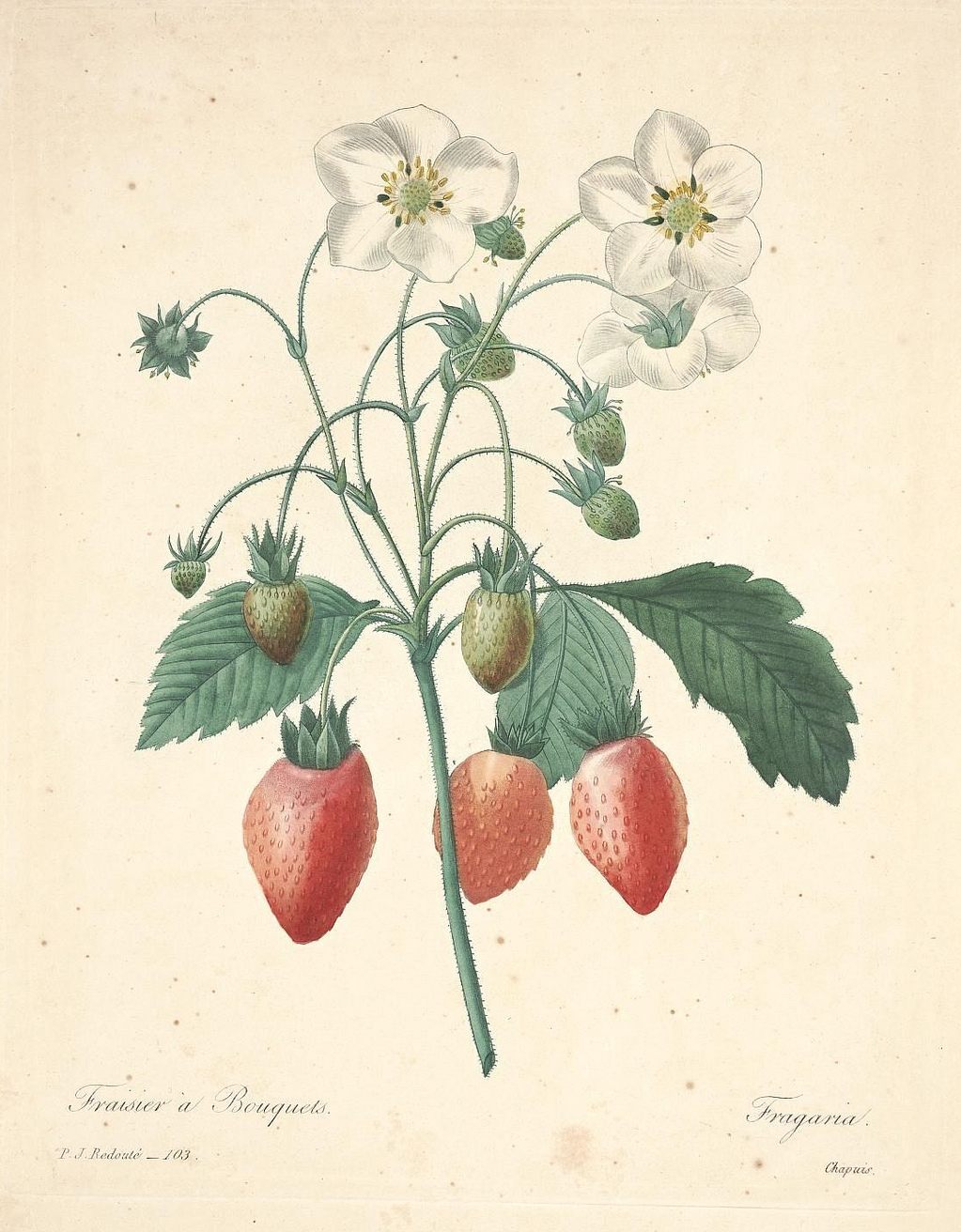
In 1712, Frézier arrived in Concepción, a Spanish possession at the mouth of the Bio Bio river. By day, he toured fortresses and hobnobbed with officials; by night, he drew maps and took notes. Although he worked for a friendly foreign power, even being discovered traveling the provinces without official permissions would have resulted in being “sent back with fetters at my heels,” in his words. Had they known he was visiting their defenses under false pretenses, the Spanish might have had his head.
Frézier wrote that the strawberries of Concepción, which were large and nearly white, were among the only fruits to be sold at market. (Produce was otherwise freely traded among the native people, according to Frézier.) He added that they grew, “As big as a walnut, and sometimes as a Hen’s egg.” Perhaps he knew of Louis XIV’s love for the fruit. Perhaps he just knew a good thing when he saw it. In any case, he returned from Chile in 1714 with five living strawberry plants.

Frézier had promised two plants to the ship’s superintendent of cargo, who provided water for the plants. Of the remaining three, Frézier gave one to his superior at Brest, France, and one to Antoine de Jussieu, the head of the Royal Gardens in Paris. He kept the last for himself. Since Chilean strawberries, like many strawberries, clone themselves asexually, one plant will soon create a carpet of genetically identical plants. In the scientific spirit of the age, Jussieu wasted no time distributing samples among his colleagues internationally. There was just one problem: They didn’t bear fruit.
No one knew it at the time, but many strawberry species are dioecious: Each individual is of a single sex, and they require opposite-sexed plants to bear fruit. Frézier probably wanted to bring only the plants that bore fruit, which would have been females. His Chilean strawberry remained barren for years, only occasionally producing a small, misshapen fruit. Like its cousin, the Virginia strawberry, it looked doomed to remain a botanical curiosity, since its octoploid chromosome count prevented it from crossing with most other species.

Then, in 1764, a seventeen-year-old named Antoine Nicolas Duchesne made his name by presenting Louis XV with a pot of Chilean strawberries containing fruit so large and beautiful that the king ordered an illustrator to paint them for the royal library. Louis XV then financed Duchesne to collect every known strawberry species in Europe for the royal garden at Versailles. As great as they were though, Duchesne’s fruits were sterile. He had used a European species, Fragaria moschata, which is just similar enough to pollinate the female Chilean plants, and stimulate them to bear fruit, but not to create viable seeds.
Duchesene would go on to make many great botanical observations based on the strawberry, and he wrote perhaps the first single-subject botanical text on strawberries. He even intuited some of the fundamental concepts of evolution, such as the mutability of the species, roughly 100 years before Darwin published his Origin of Species. But as gifted as he was, Duchesne was not the first to solve the problem of the Chilean strawberry.
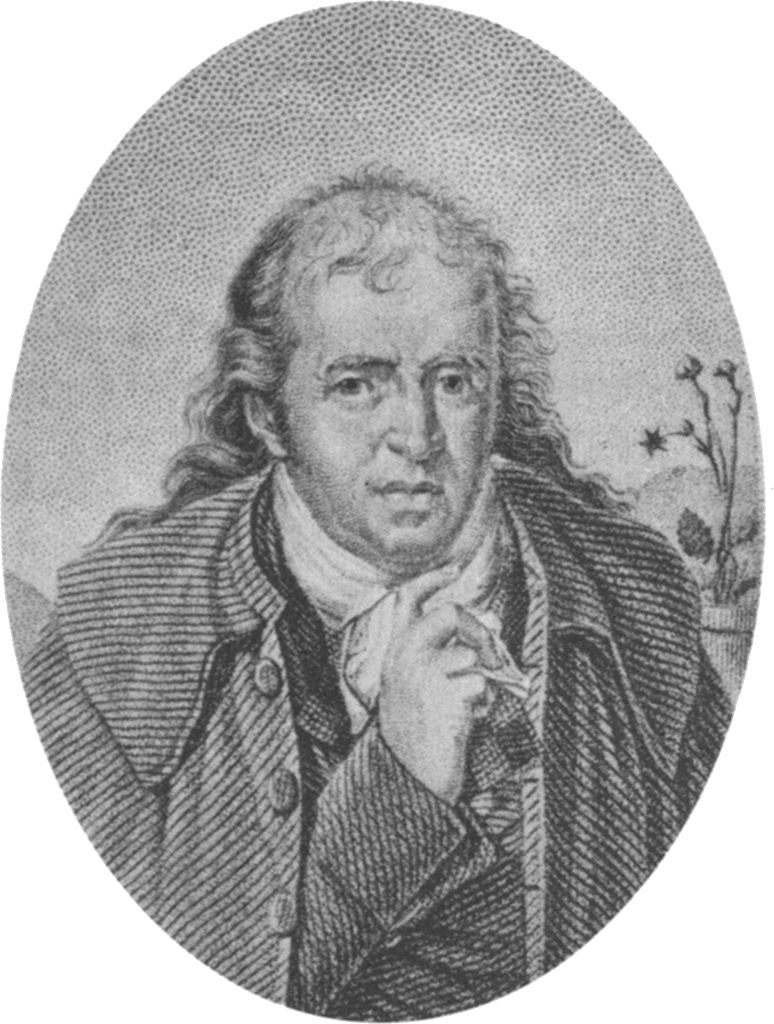
Duchesne’s understanding was enhanced by similar successes in Brest, France, where farmers noticed similarities between the Chilean strawberry, its cousin the Virginia strawberry, and the moschata strawberry. Planting them all together, they produced such great crops of strawberries that Frézier himself took notice. “This city and its vicinity are so well provided with strawberries that one finds them for sale at the market,” he wrote to Duchesne in 1765.
In fact, gardeners and farmers throughout Europe were, intentionally or not, planting Virginia strawberries near Chilean strawberries, which stimulated the Chilean plants to produce fruits, and the seeds of those fruit bore hybrid plants. Many samples or descriptions of these hybrids made their way to Duchesne. They were vigorous and hardy plants bearing large and aromatic fruits, and they were early versions of our familiar garden strawberry.
In 1766, Duchesne became the first person to finally understand that the parents of these various hybrids were the two New World strawberries. As botanists would later come to understand, they had started as a single species in ancient prehistory, spread across the Americas, been bred larger by early South Americans, and finally reunited in France. Duchesne named the offspring Fragaria ananassa, the pineapple strawberry, because “the perfume of the fruit is closely similar to the pineapple.” Like its Chilean parent, the fruits were big, yet the color was deeper and the flavor more pronounced. What’s more, the plants were self-fertile, so every plant could fertilize itself.

It would take time and additional breeding, but Fragaria ananassa gradually spread around the globe, eventually becoming the dominant horticultural strawberry in the world. Every plastic clamshell of strawberries you’ve ever bought, and likely every pint of farmer’s market berries, are all varieties of the same species: crosses of those same two from the Americas. Only occasionally are wild Virginia strawberries or older Chilean varieties used to try to improve the commercial lines, or to introduce some novel trait (witness the white strawberry known as pineberry).
California cultivars of Fragaria ananassa have also overtaken the traditional strawberry agriculture of Chile, Peru, and Ecuador. But small pockets of traditional Chilean strawberry agriculture still exist, and those small farms continue to provide important genetic material to modern strawberry breeders—just as they did 300 years ago, when the most important information a French spy brought back from Chile was the genetic code of superior strawberries.
*Correction: This post previously described Frézier as a 17th-century spy. He was active in the 18th century.
Gastro Obscura covers the world’s most wondrous food and drink.
Sign up for our regular newsletter.









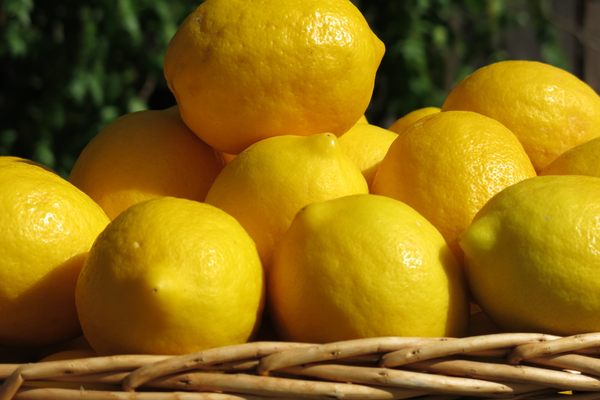
























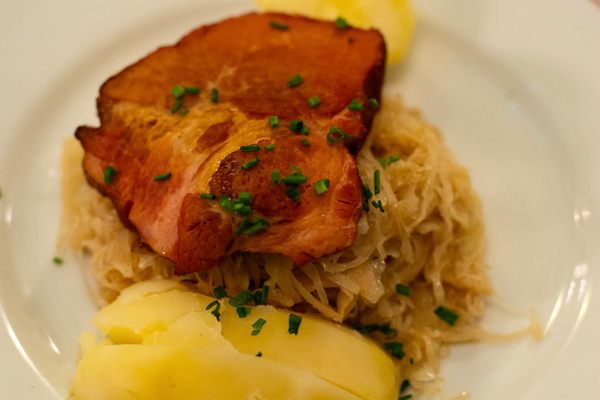
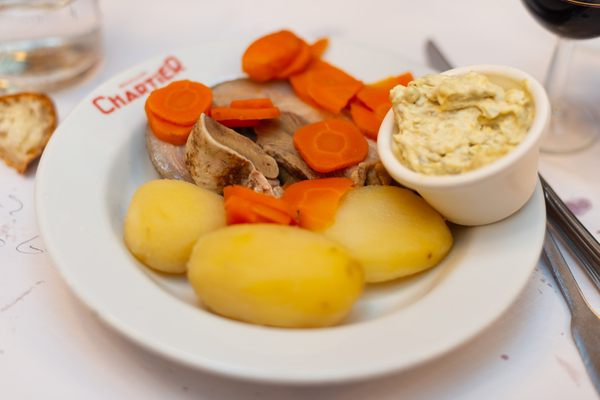


Follow us on Twitter to get the latest on the world's hidden wonders.
Like us on Facebook to get the latest on the world's hidden wonders.
Follow us on Twitter Like us on Facebook